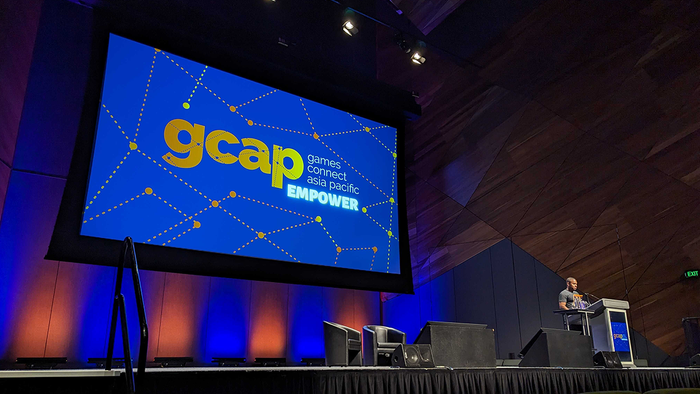
Featured Blog | This community-written post highlights the best of what the game industry has to offer. Read more like it on the Game Developer Blogs.
21st Century Science Fiction
20th century based science fiction is obsolete. This is an introduction to tech trends for new 21st Science Fiction. Abundance, transparency, individuality, life extension, x-tech, polymorphism, singularity, synthetic exobiology, and etc.

20th century science fiction is based on obsolete technology. This is an introduction to tech trends for new 21st Science Fiction.
Radical abundance and Material Agility (3D printing, self-replicating robots, space resources, claytronics, and utility fog).
The average early 21st century American has the same amount of material wealth as a 15th century king. With the rapid development of 3D printing, material wealth is about to explode. In 2012, 3D printers are being used for houses, airplane parts, human organs, pharmaceuticals, and food. The average late 21st century human could have the material wealth of an early 21st century billionaire.
As 3D printers become a consumer home appliance like a standard laser printer, one could expect factories, supply chains, centralized manufacturing, centralized wealth, and consumer driven mass advertising culture to become obsolete.
The 3D printer revolution becomes even more radical when self-replication is added. One of the biggest goals in 3D printing is to be able to print out more 3D printers. This makes 3D printers a gateway to self-replicating robots, which allows for the explosive industrial capacity of the individual.
3D printers and self-replication become even more radical when you put them in space. A single self-replicating robot would be able to transform an asteroid belt into a domestic habitat.
To be truly topical, 21st century science fiction will need to explore new motivations and conflicts that are not resource dependent. Sexual selection and competitive nesting would suggest that humans have an insatiable need for wealth displays. Is this dynamic linear?
Let's go one step beyond radical abundance. Imagine the liquid metal technology of Terminator 2 applied to all objects.
Check this video on "Car Design via Claytronics Technology."
In 2012, this technology is already being developed under the name claytronics. It's basically the idea of intelligent particles that can be assembled into multiple objects. An even more radical technology is also being developed called utility fog. It's the idea that the particles can be anchor independent. Essentially it would allow a user to summon objects out of the air.
If you apply this technology to warfare it gets extremely interesting. If you fire a projectile at a claytronic object it can open a hole and let it pass through without taking any damage. A weapons platform could use complexity as camouflage by breaking into a million particles if attacked. A weapon could be delivered into a combat theater as dust floating in the wind. Combat will increasingly resemble weather patterns with pressure waves used shape the battlefield. Defensive patterns will resemble bait balls (planets or suns) to limit surface area.
Here is an animated model of bait ball dynamics
21st century science fiction will need to explore the relationship between identity and physicality. What are new forms of nanopollution? What does a substrate independent virus look like?
Read more about:
Featured BlogsAbout the Author(s)
You May Also Like








